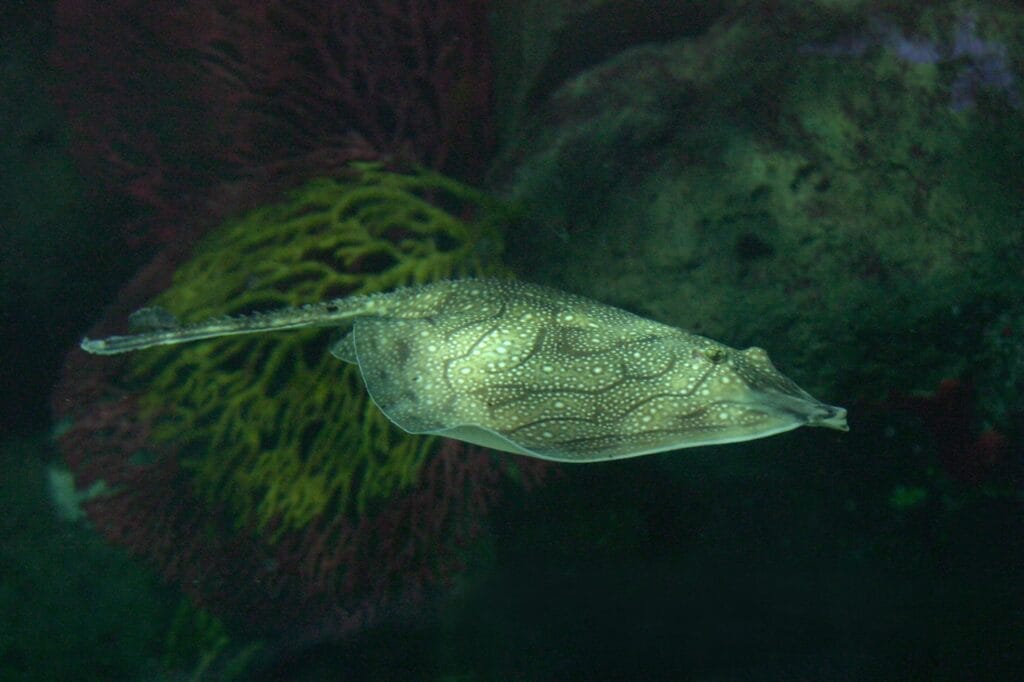Mediterranean
Mare Nostrum is a temperate sea that is not very deep, relatively small and practically closed in by continents. This means that its water flows in a very particular way, and has led to some peculiar ecosystems and a very wide biodiversity. Whenever you enter the Mediterranean facilities, the different sea environments represented there will follow your diving experience. As depth increases, you will see a different ecosystem, starting from the coastal areas of the Posidonia aquarium to port areas, ending in the deepest Mediterranean zones. For more than 1 year, it has been possible to enjoy the jewel of cold-water corals in the aquarium that houses the biggest gorgonions in the Mediterranean, the fluorescent jewel anemone and the threatened red coral.
Common octopus
Octopus vulgaris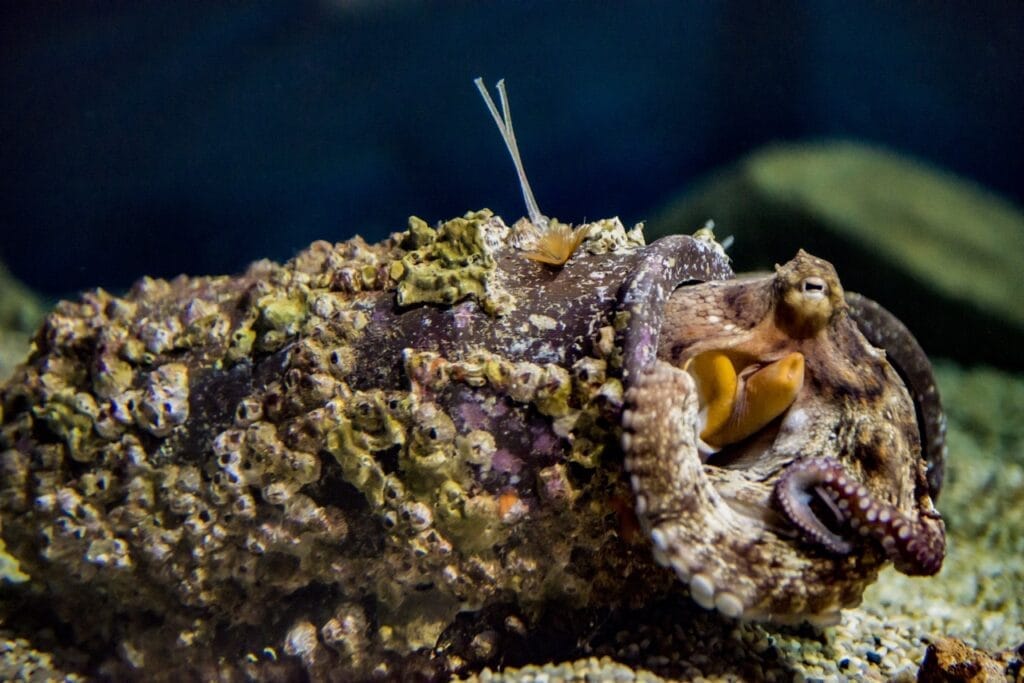
Common spiny lobster
Palinurus elephas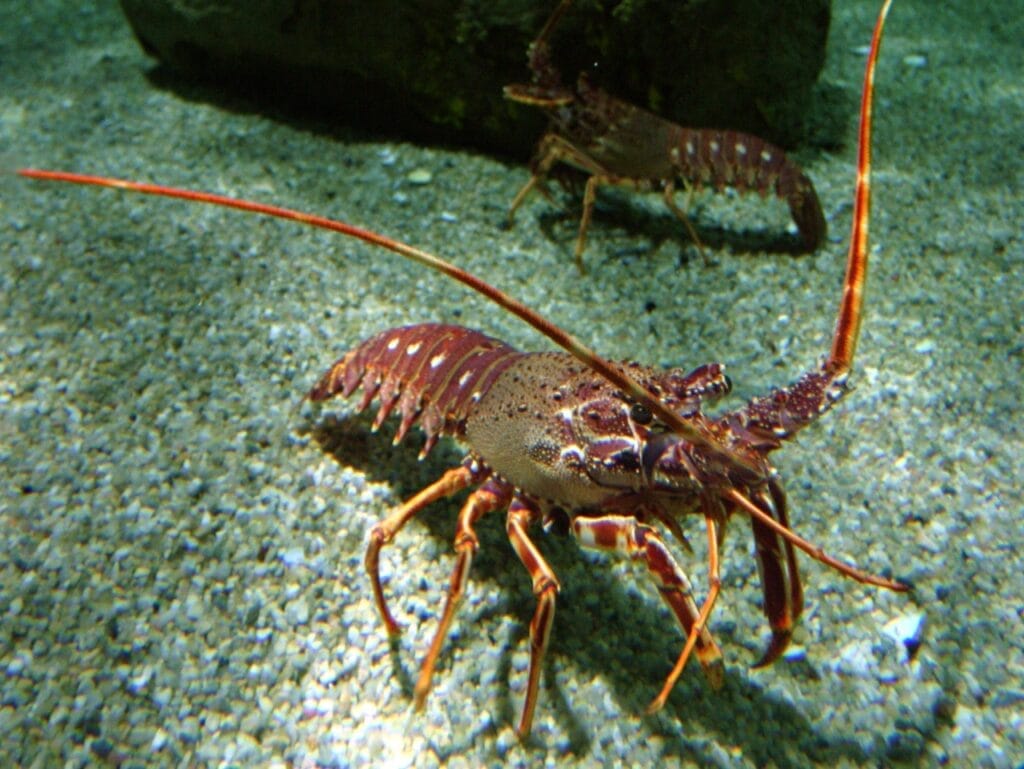
Common two-banded sea bream
Diplodus vulgaris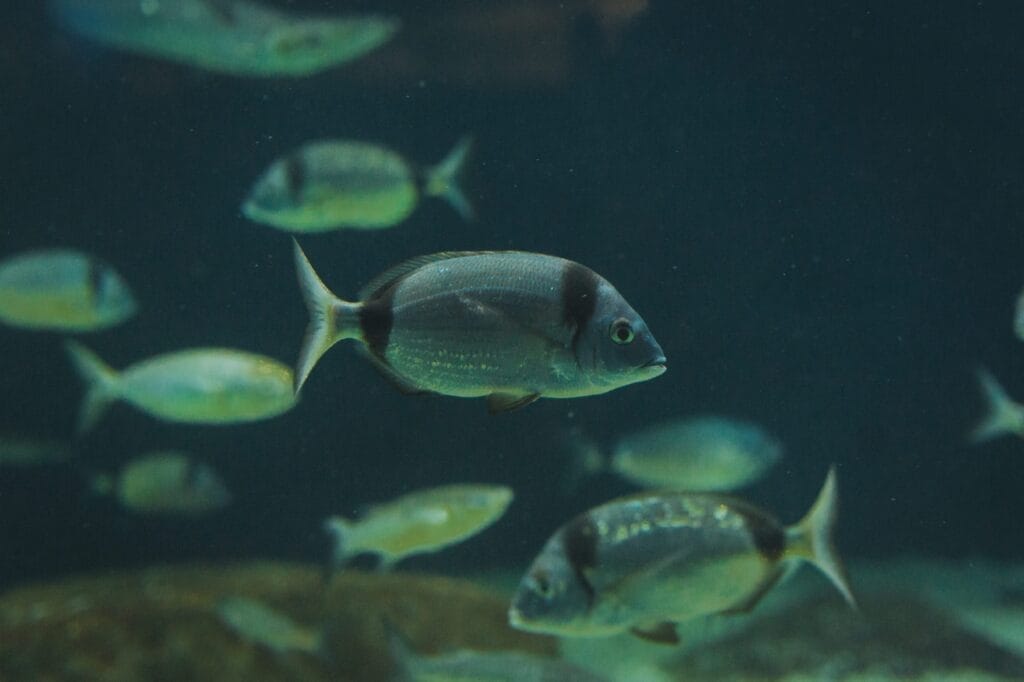
Damselfish
Chromis chromis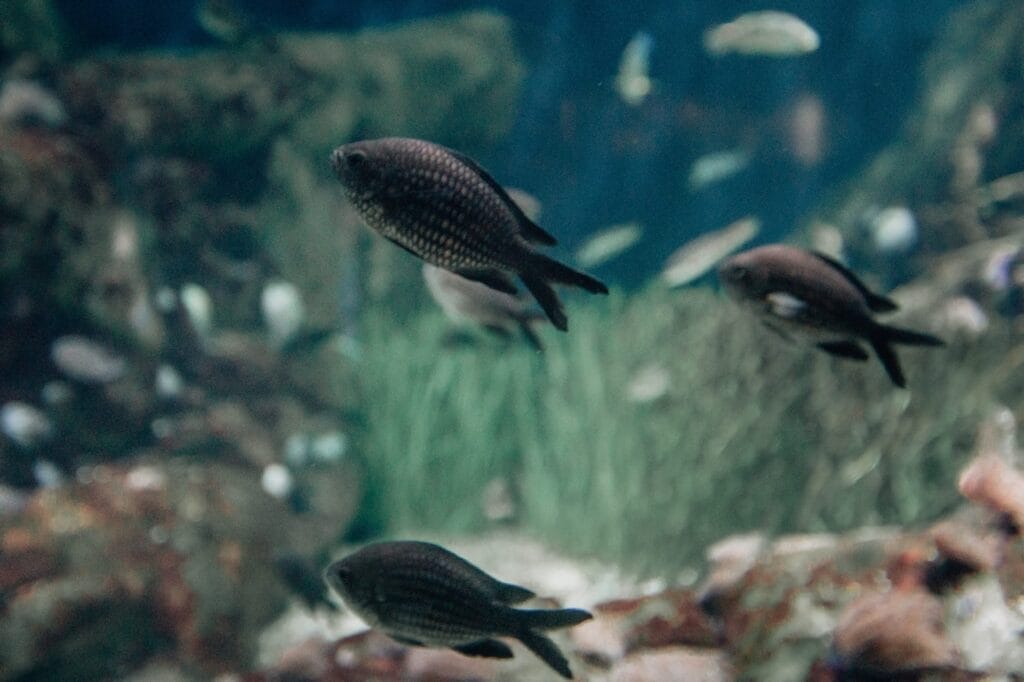
Dreamfish
Sarpa salpa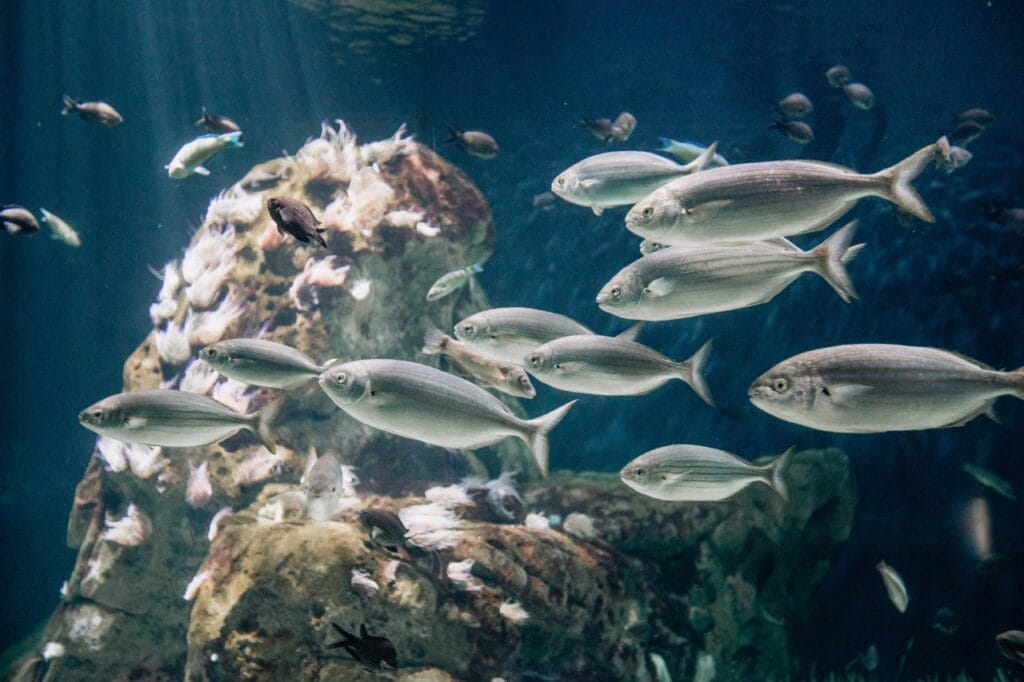
European bass
Dicentrarchus labrax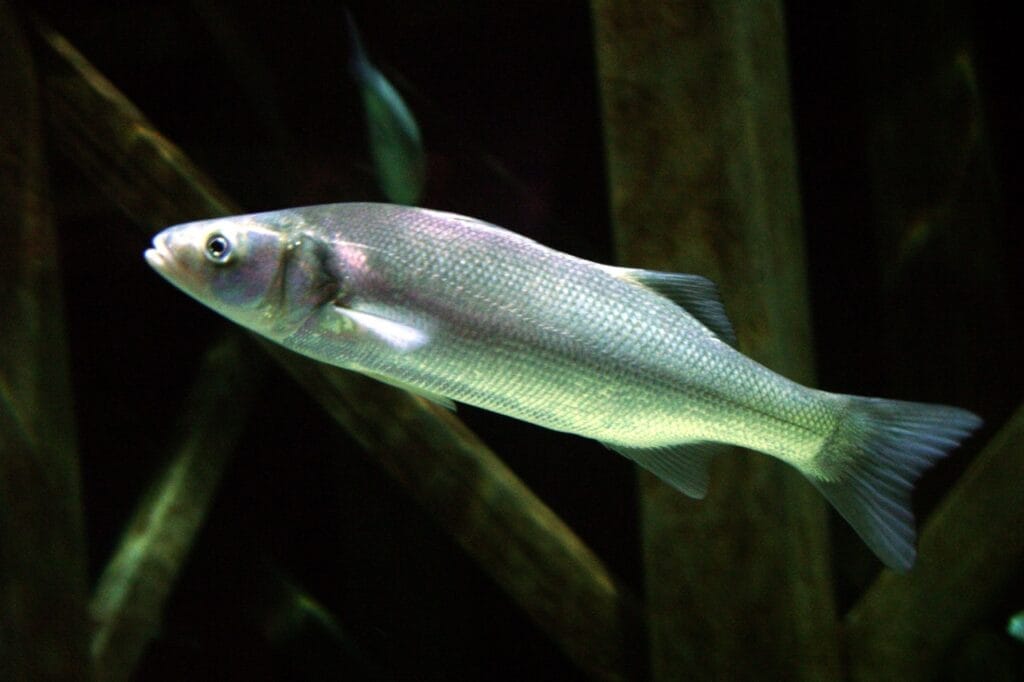
Mediterranean barracuda
Sphyraena sphyraena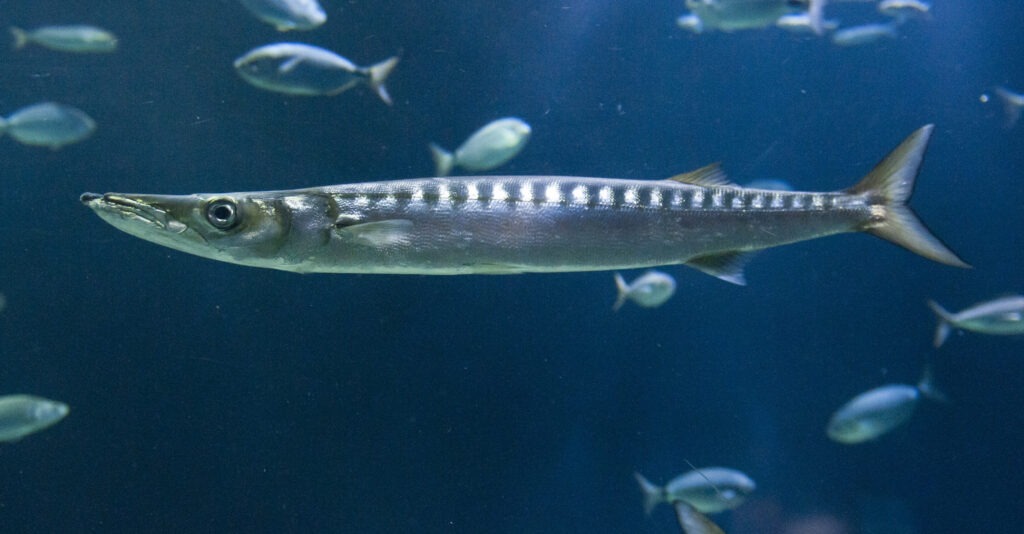
Mediterranean snakelocks sea anemone
Anemonia sulcata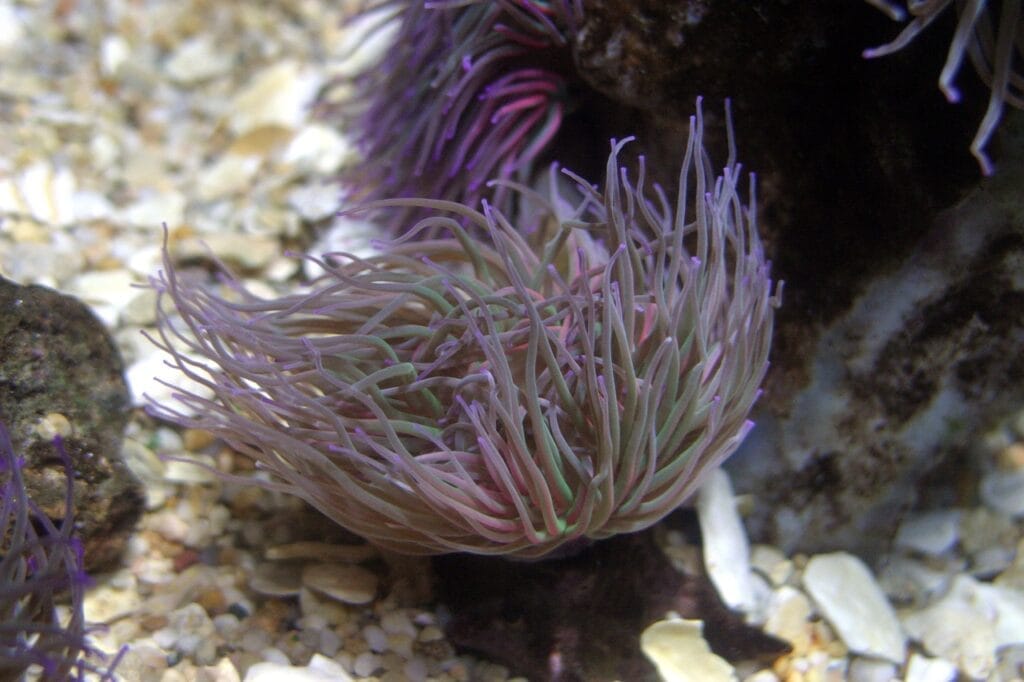
Ocellated wrasse
Symphodus ocellatus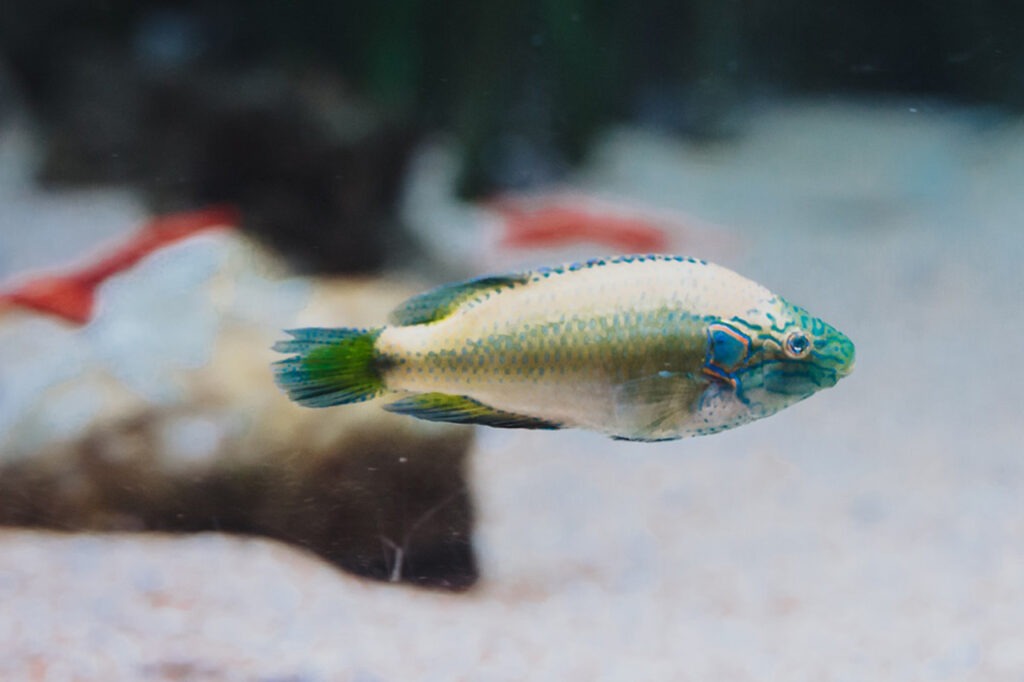
Ornate wrasse
Thalassoma pavo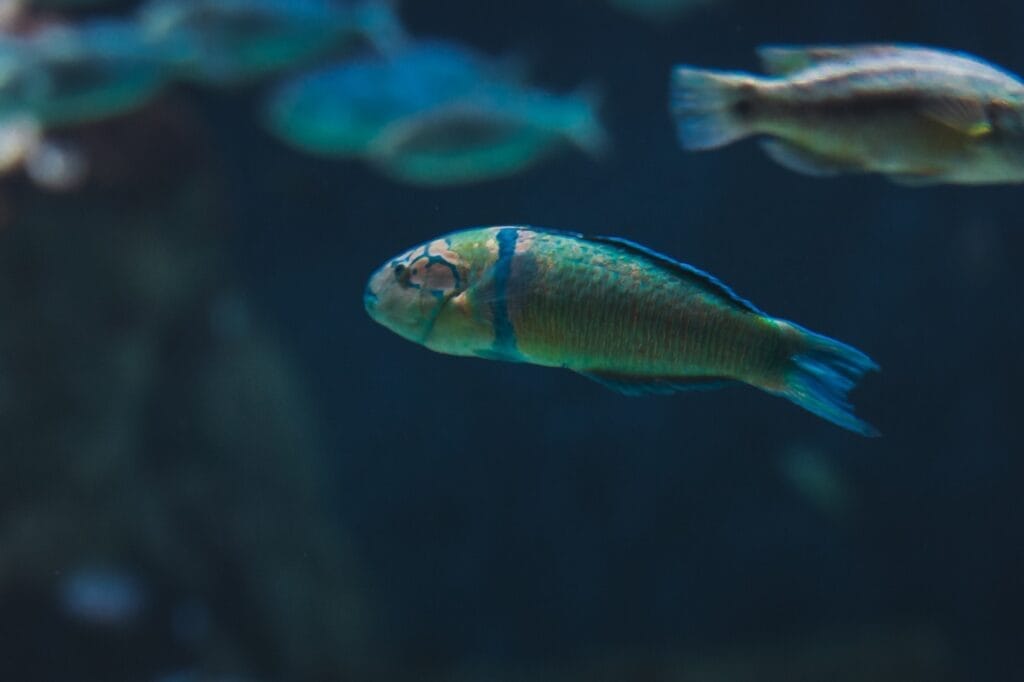
Pearly razorfish
Xyrichthys novacula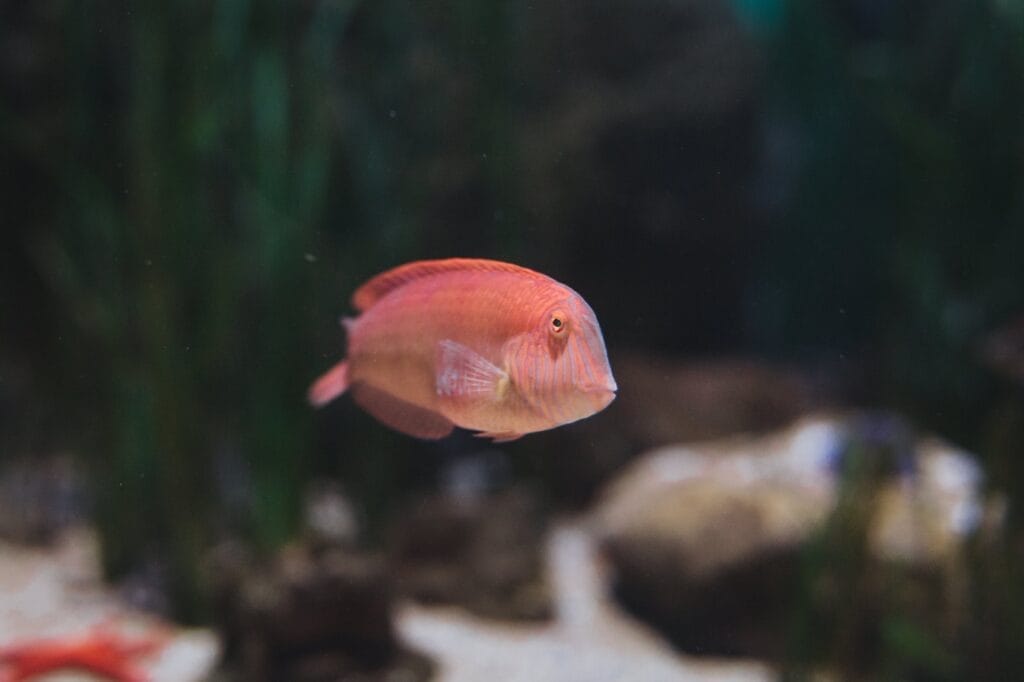
Small-spotted catshark
Scyliorhinus canicula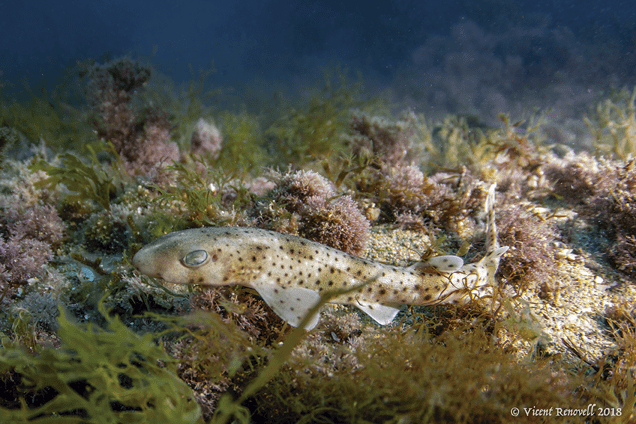
The large-spotted dogfish
Scyliorhinus stellaris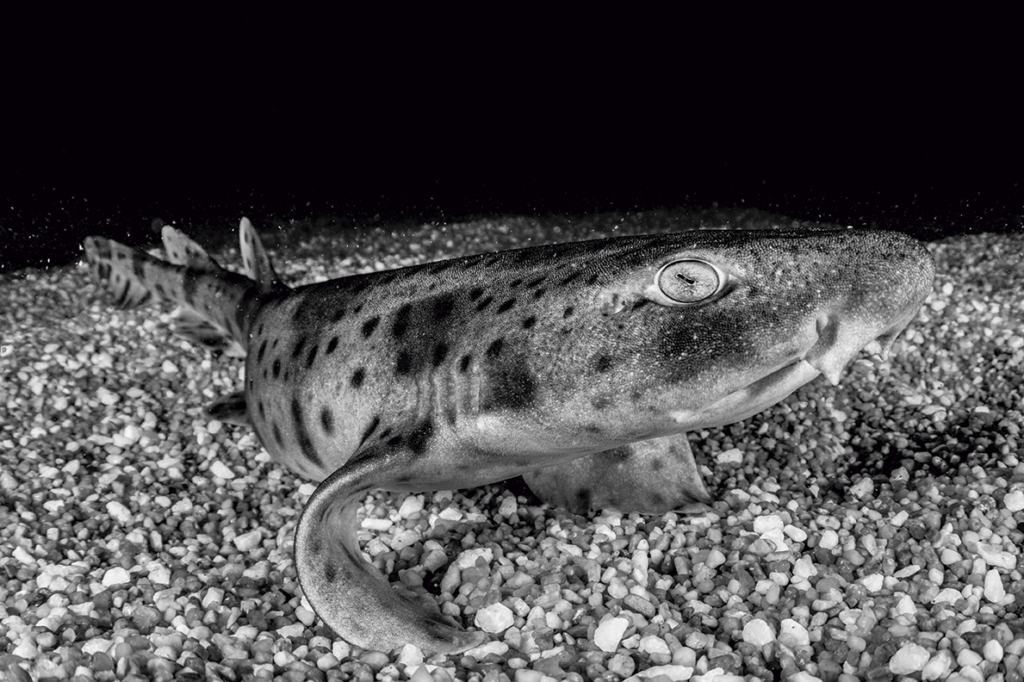
Thicklip grey mullet
Chelon labrosus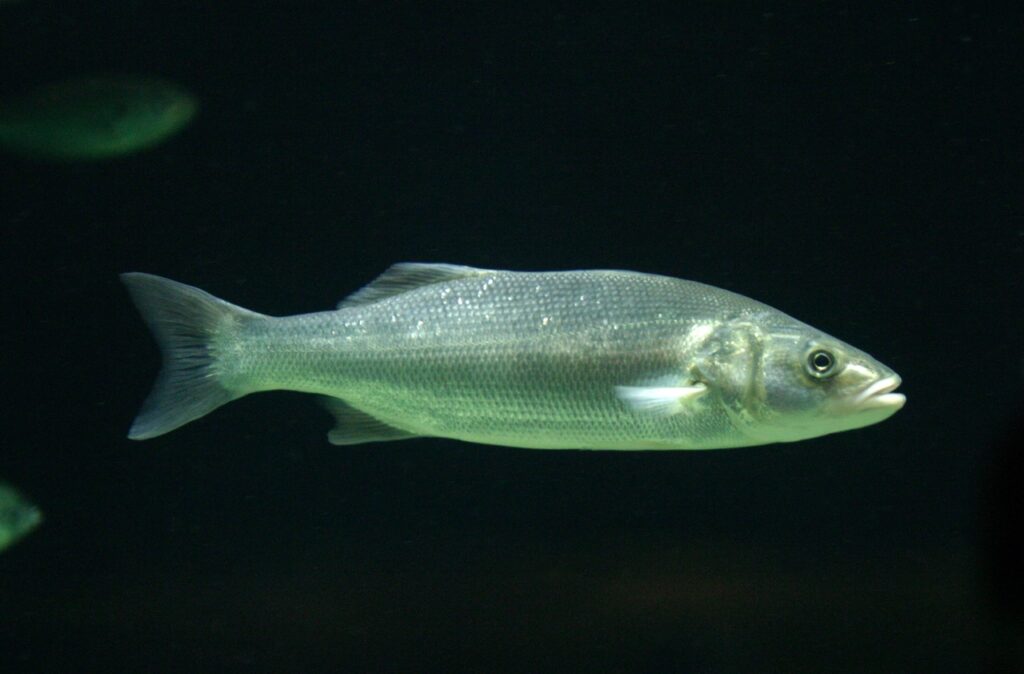
Undulate ray
Raja undulata